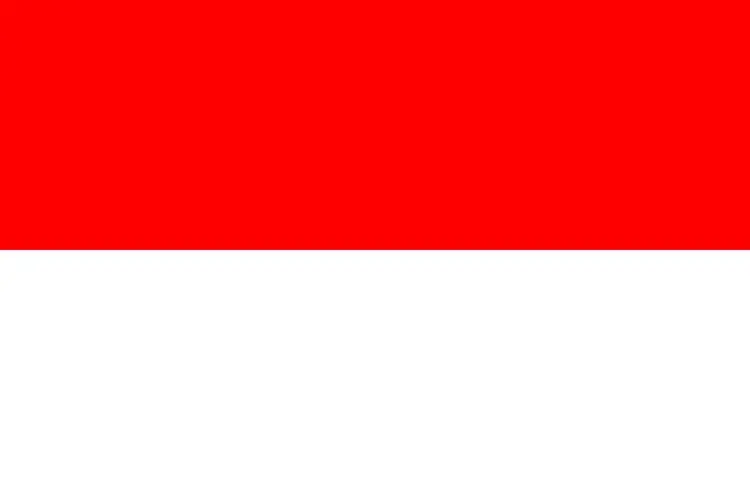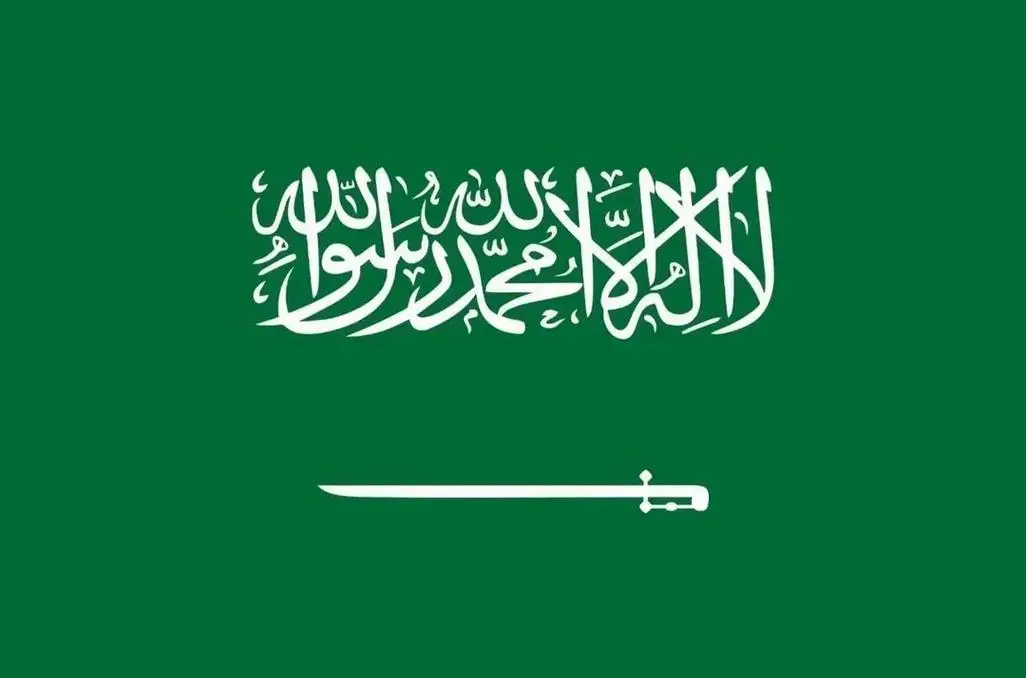Overview of Indonesia

Indonesia is a Southeast Asian country located in the southeast of Asia, crossing the equator with latitudes ranging from 7 ° N to 12 ° S. More than 70% of its territory is located in the southern hemisphere, making it the largest country in the southern hemisphere of Asia. Indonesia consists of 17508 islands between the Pacific and Indian Oceans, of which approximately 6000 are inhabited.
The official language of Indonesia is Indonesian, with over 200 major ethnic languages. Indonesia has a population of approximately 280 million, making it the fourth most populous country in the world. The main ethnic groups in Indonesia include Javanese, Sunda, Madurah, and Malay. In terms of religion, about 87% of the population believes in Islam, making it the country with the largest Muslim population in the world.
Indonesia's annual economic growth rate is around 5%, with abundant natural resources and a young workforce. Indonesia is one of the few resource-based countries in the world, with nickel production ranking first, palm oil production accounting for over 50% of the world's total, and coal exports ranking first in the world. The Indonesian government has formulated a growth strategy that leverages the advantages of a resource-based country and plans to promote economic development by attracting processing industries.
Indonesia is the largest economy in Southeast Asia, with a Gross Domestic Product (GDP) of $1.37 trillion in 2023, a per capita GDP of approximately $4940, an inflation rate of 3.7%, foreign exchange reserves of $146.4 billion, total external debt of $210.1 billion, and a labor force unemployment rate of 3.5%. The World Bank has upgraded Indonesia to a middle to high-income country, while S&P, Moody's, and Fitch have all rated Indonesia's sovereign credit as stable and investment grade.
Indonesia's economic growth has remained at around 5%, with a growth rate of 5.08% in the first half of 2024. Indonesia's economic growth is mainly attributed to the contributions of processing, agriculture, trade, construction, and mining industries, with consumption accounting for over half of the economic growth. Indonesia has abundant natural resources, such as palm oil, rubber and other agricultural and forestry products, as well as oil, natural gas, minerals, etc. These resources provide a solid foundation for Indonesia's economic growth.
The foreign investment environment in Indonesia continues to improve, with the government protecting foreign investors through the Investment Law and the ASEAN Comprehensive Investment Agreement, and implementing measures such as tax incentives and the establishment of special economic zones. In 2023, the total domestic and foreign investment in Indonesia exceeded 90.2 billion US dollars, of which the total foreign direct investment was about 47.3 billion US dollars, a year-on-year increase of 13.7%. The main investment areas include metal products, minerals, chemical pharmaceuticals, transportation and warehousing, and water, electricity, and gas supply industries.


